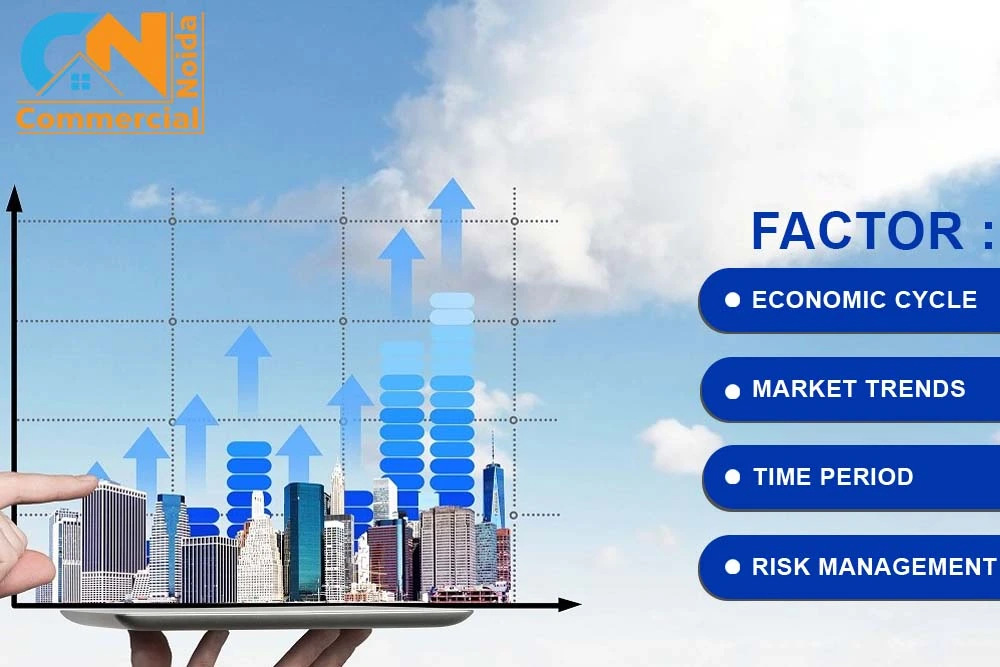
RBI latest Policy Update Regarding Home Loan for 2024-2025
RBI regularly updates its guidelines for banks as well as borrowers. RBI updates these guidelines to ensure the economy is running smoothly as per market fluctuations. If you are aware of these recent changes, you as a home buyer can plan your investment and loan accordingly.
This blog will discuss the latest policy changes for homebuyers who use loans.
RBI updated guidelines for home loans?
The monetary policy committee (MPC) of the Reserve Bank of India kept the repo rate unchanged. In a committee of six members, four members voted in favor of an unchanged repo rate. In October 2024, the inflation reached its 14-month high of 6.2 percent, prompting the decision.
This decision will relieve home buyers. If the repo rate remains unchanged, the interest rates on loans will be low, making home loans affordable for home buyers.
Loan to Value (LTV)
RBI has changed the loan-to-value, raising it ratio to up to 90 percent from 75 percent for the property worth up to 30 lacs. For the property value from 30 lacs to 75 lacs, it's 80 percent. The LTV for the property above 75 lacs is 75 percent.
The loan-to-value ratio refers to the percentage of your property's worth that you can borrow. For example, if you are planning to buy a property worth 30 lacs, you can get up to a 90 percent loan.
For example:
3000000/100*90 = 27 lacs.
This implies that you can typically obtain a loan up to 90 percent of the value of your property, equivalent to 27 lacs for a property valued up to 30 lacs. With the same methodology, you can calculate the loan amount for other units too.
Foreclosure charges
When you attempt to pre-close your loan before the loan tenure ends, you incur foreclosure charges. This results in a loss for the bank, leading them to impose a fee, typically 5 percent, on your pre-closed final amount.
But RBI has abolished this rule for loans taken on floating interest rates and kept it at 3 percent for fixed interest rates. Earlier, the financial institutions were asking for 5% foreclosure charges.
Transferring your home loan to another bank.
The Reserve Bank of India (RBI) has made it easier for people with home loans to switch banks if they find a better interest rate. You can now move your loan to a different bank without having to pay any extra charges when you close your current loan. This means if you find a cheaper loan option elsewhere, you can save money by transferring your loan.
Tracking Your Loan Payments
RBI now requires banks to share updates about your loan payments. This way, you can always know how much of your loan you have already paid off. It helps you stay on track with your finances and avoid surprises.
Home Loans for Under-Construction Projects
The Real Estate Regulatory Authority (RERA) must approve your home loan application for an under-construction property. This rule ensures that you're investing in a trustworthy project and reduces the chances of fraud.
The document verification process
When applying for a home loan, you will need to submit important documents, like the letter of allotment and the sale deed. Bank will digitally check these documents to expedite the process and prevent fraud. Once you pay off your loan, the bank is required to return all your property documents within 30 days.
In conclusion, the RBI's updated guidelines for home loans in 2024-25 offer significant benefits to borrowers. With a stable repo rate, lower loan interest rates, and relaxed foreclosure charges, home buyers are likely to find it easier to manage their loans.
The updated loan-to-value ratios and provisions for transferring loans to other banks provide more flexibility. Additionally, RERA approval for under-construction properties and streamlined document verification enhance transparency and security for home buyers. These changes make home buying more affordable and convenient.



























































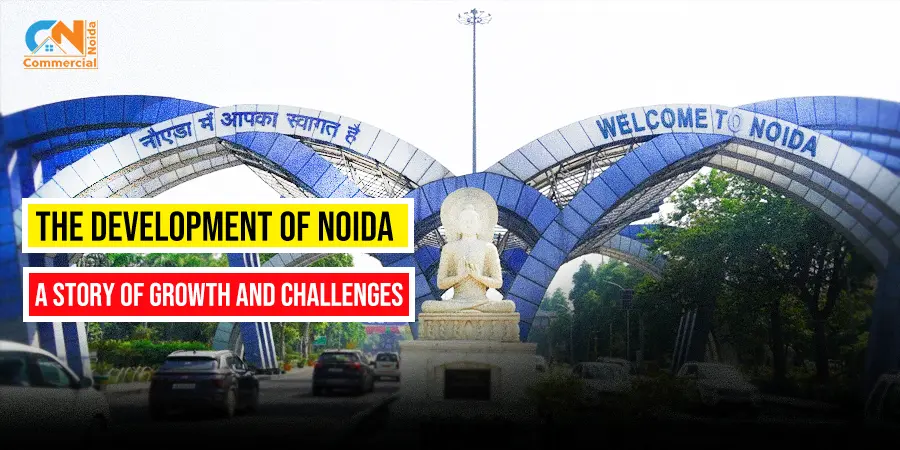

























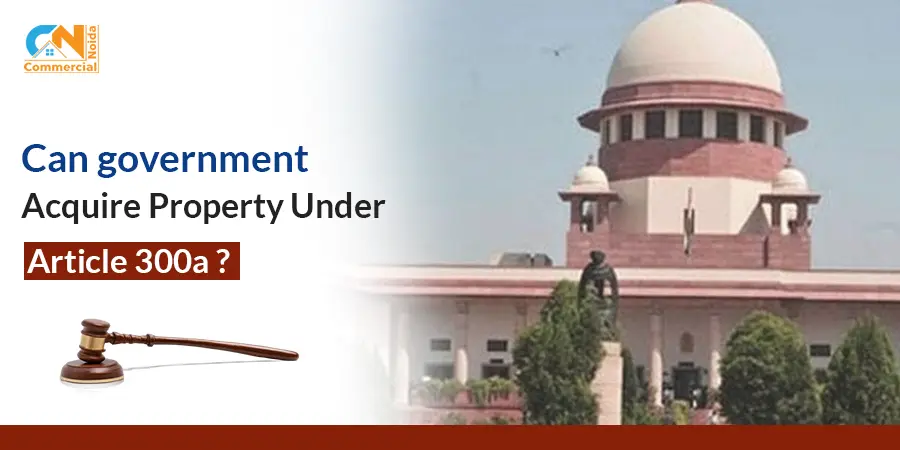













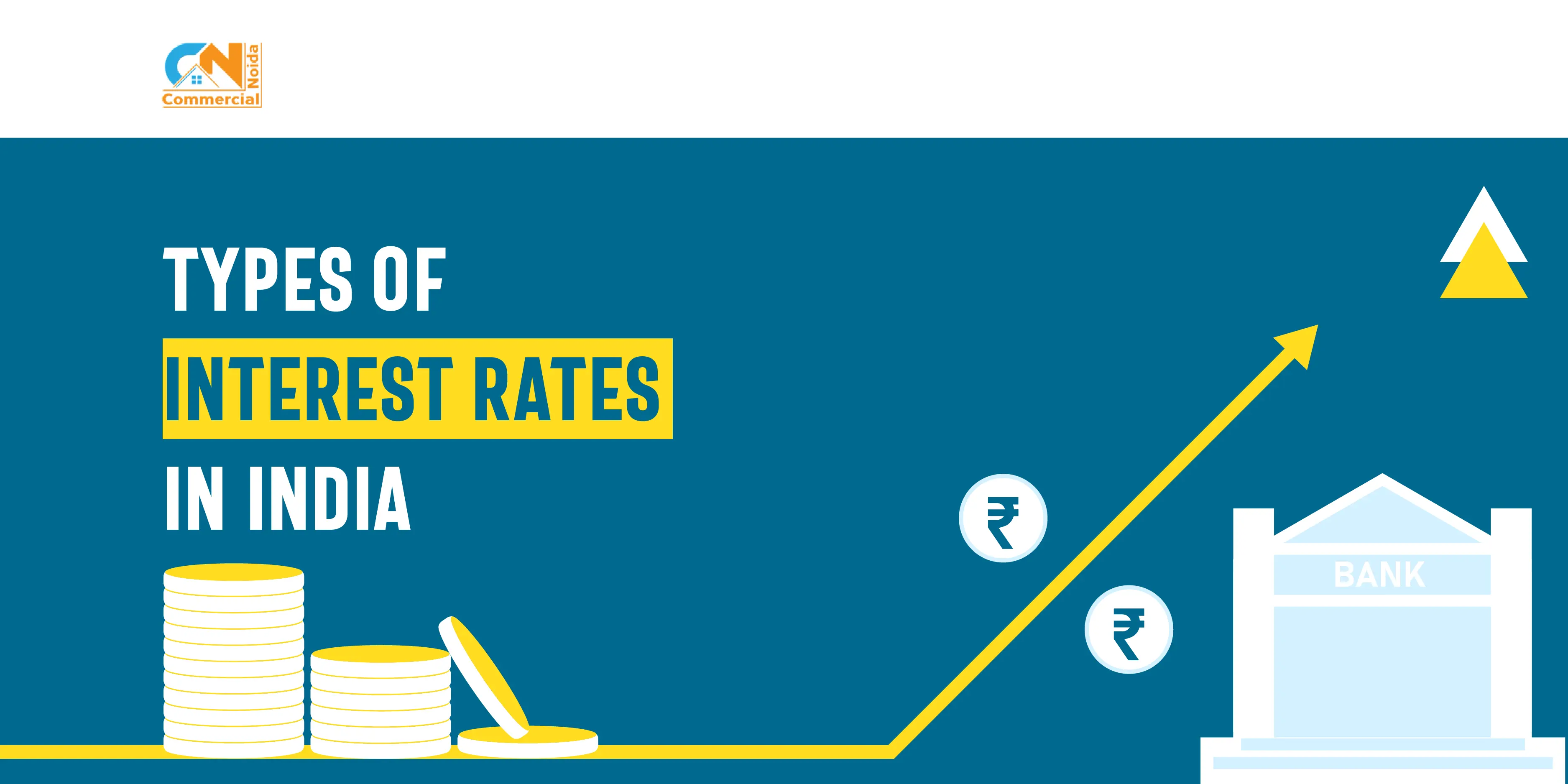


















.webp)






































































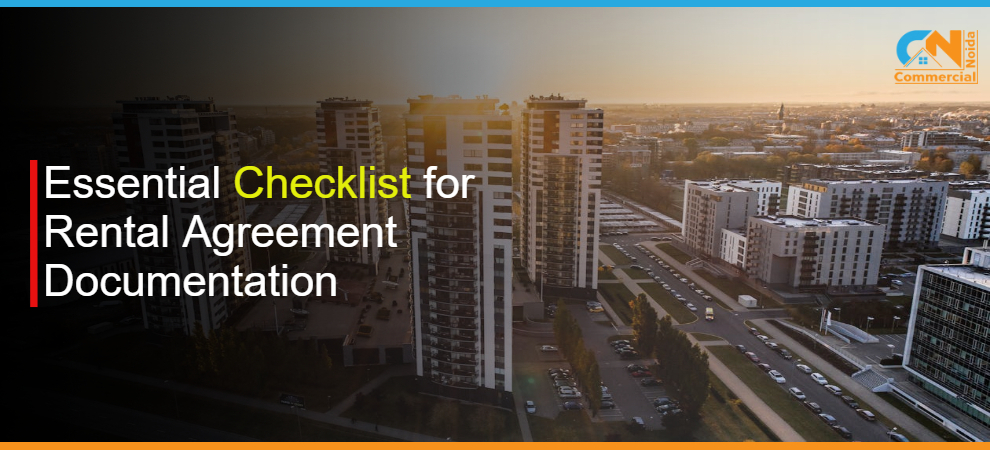


























.webp)














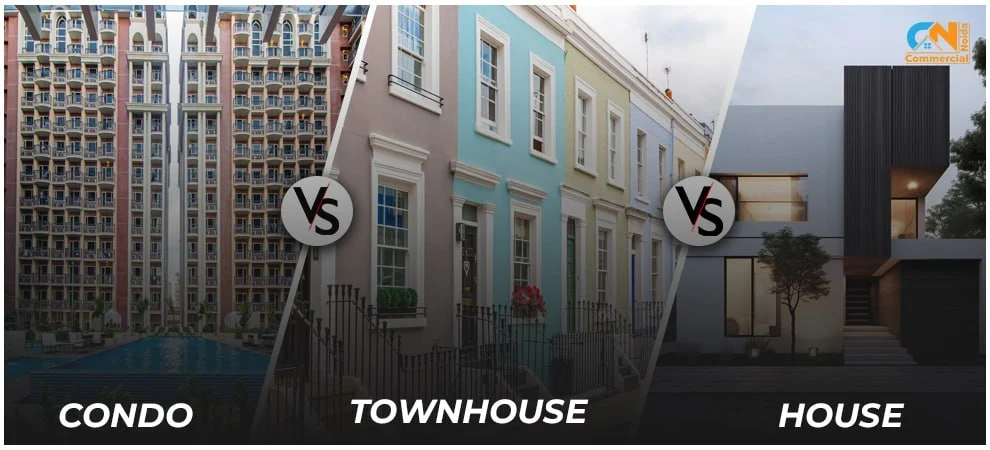






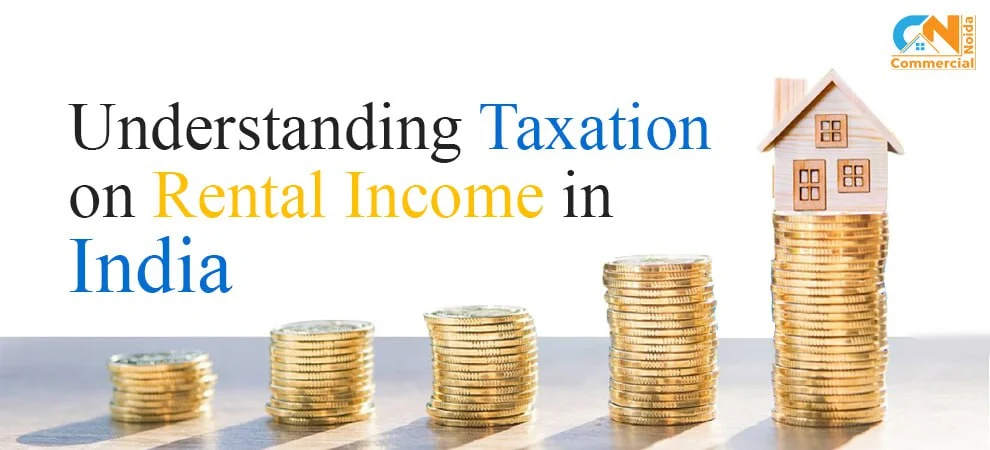


























































.webp)










































































